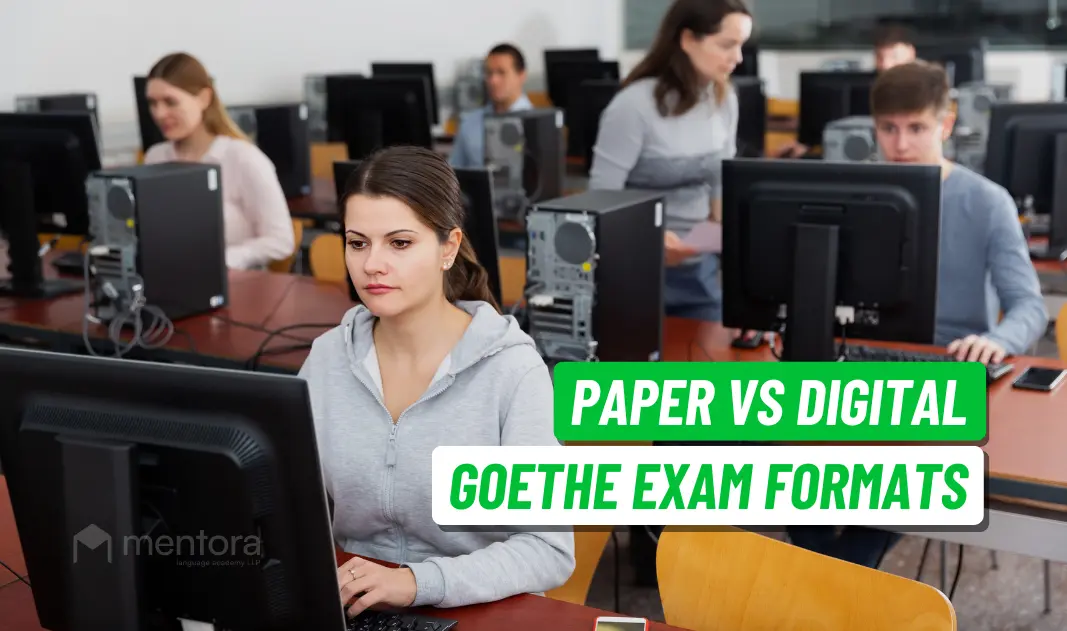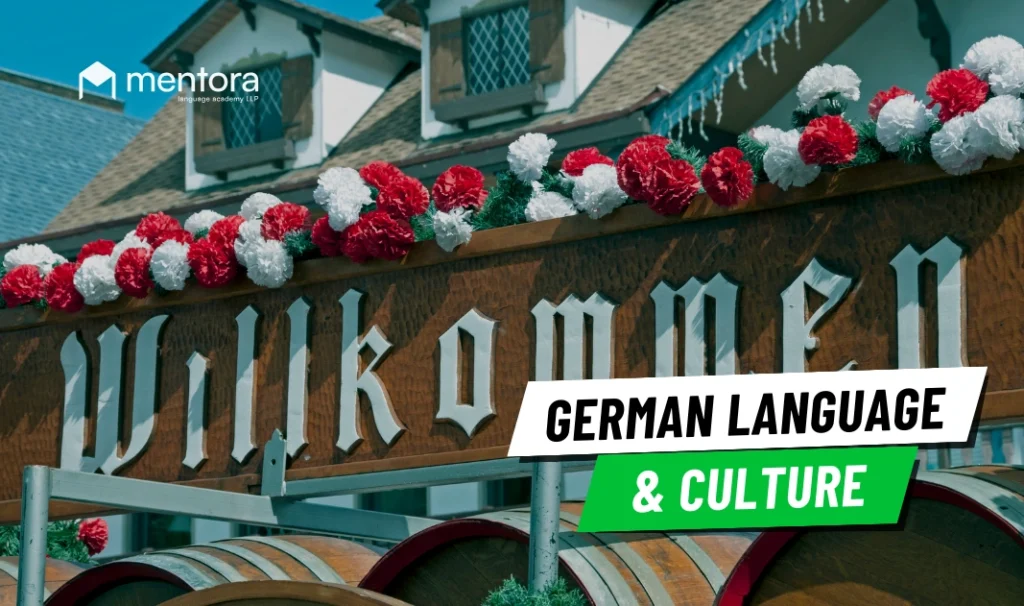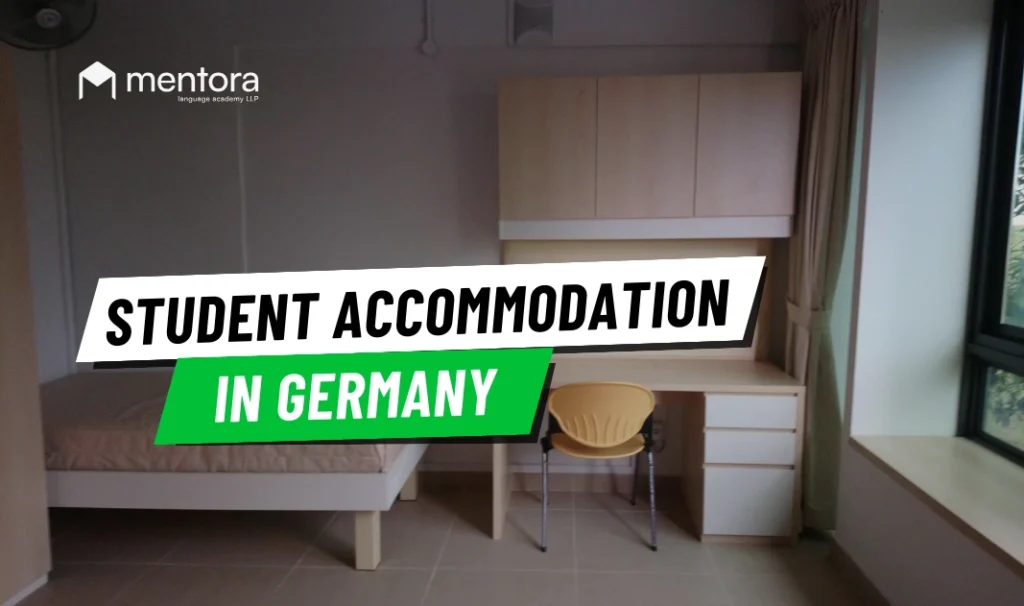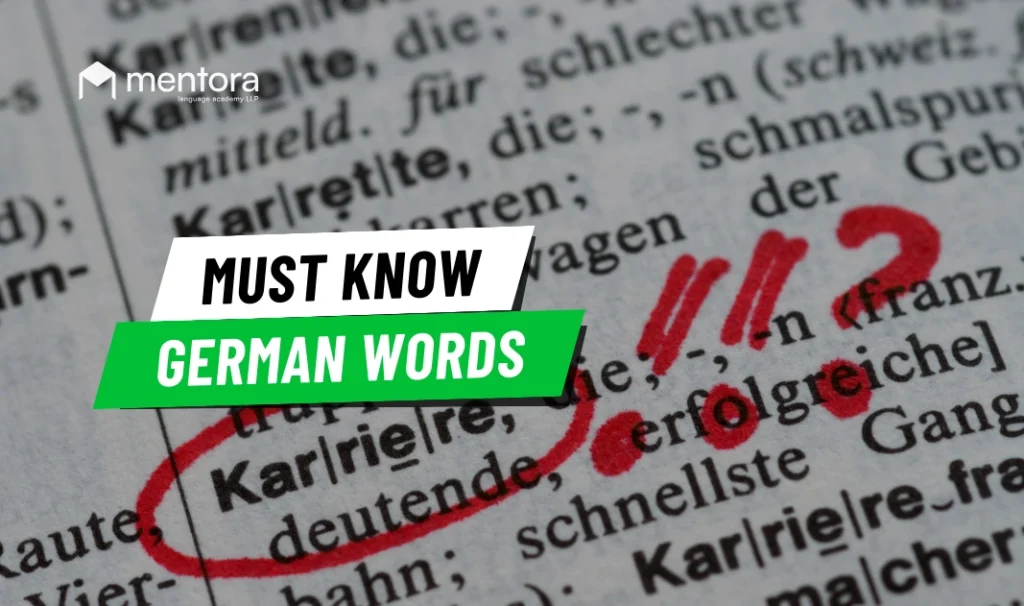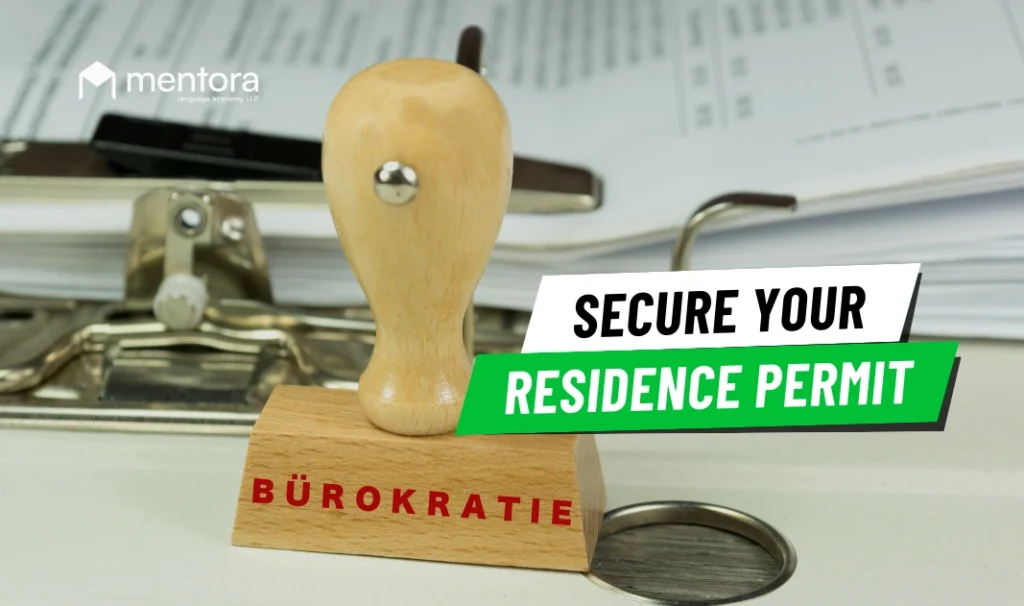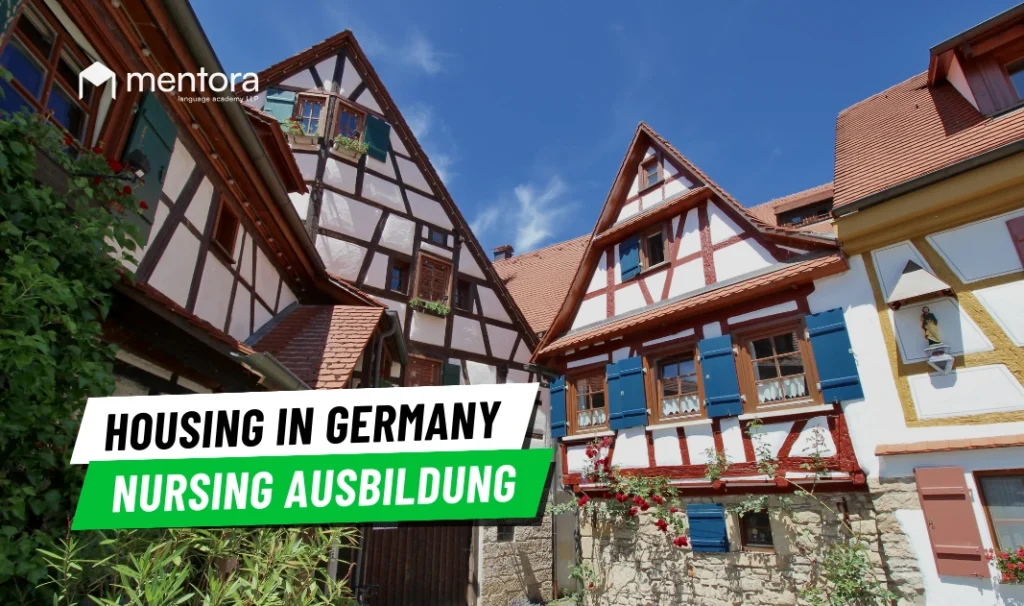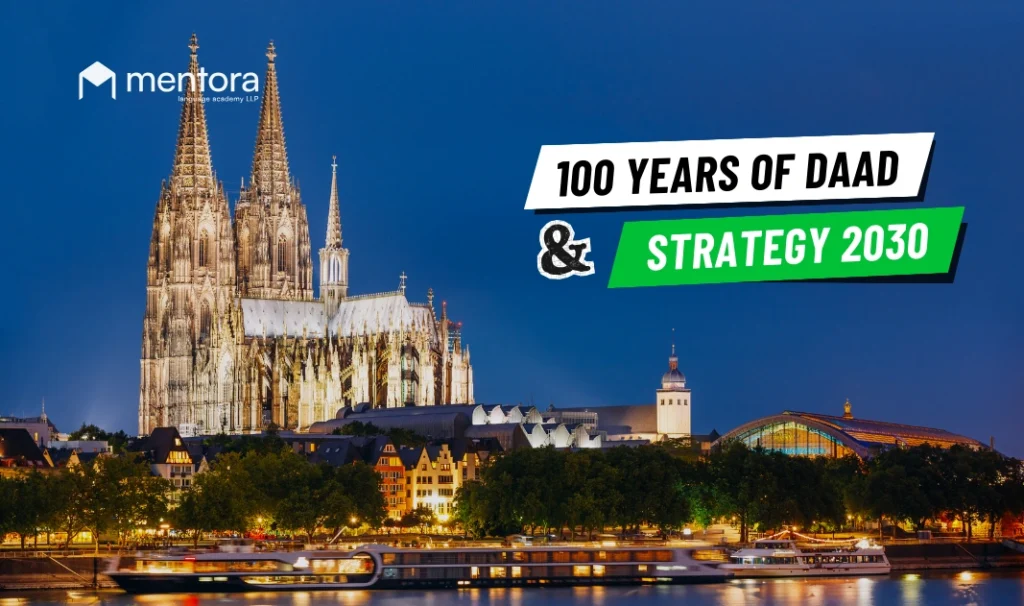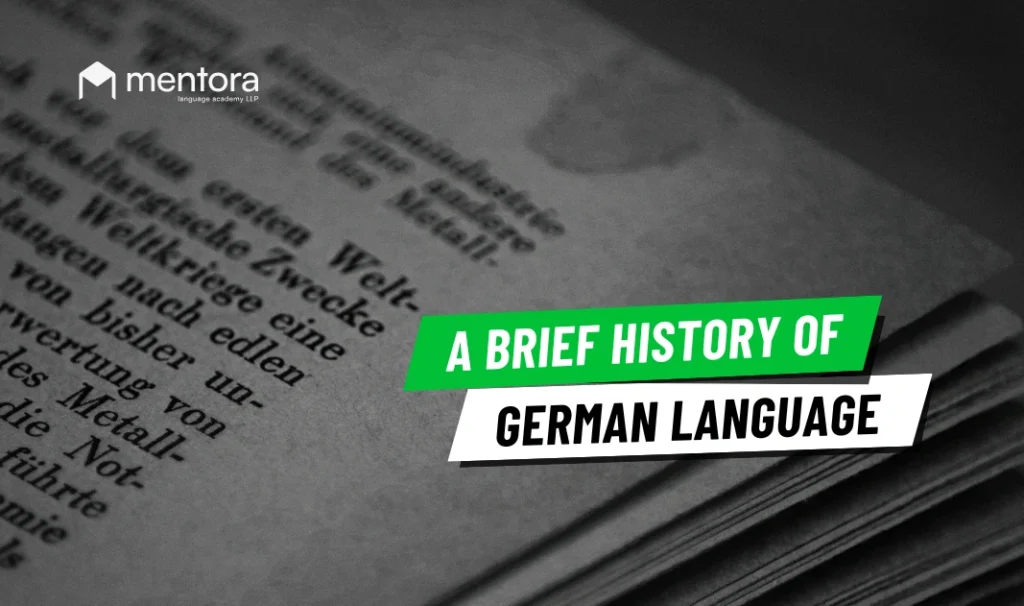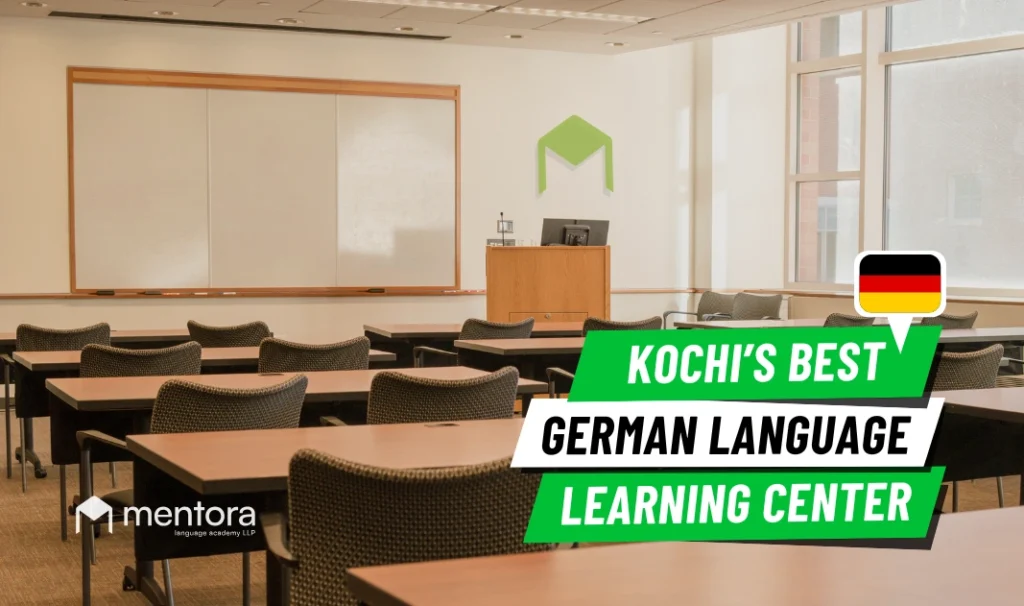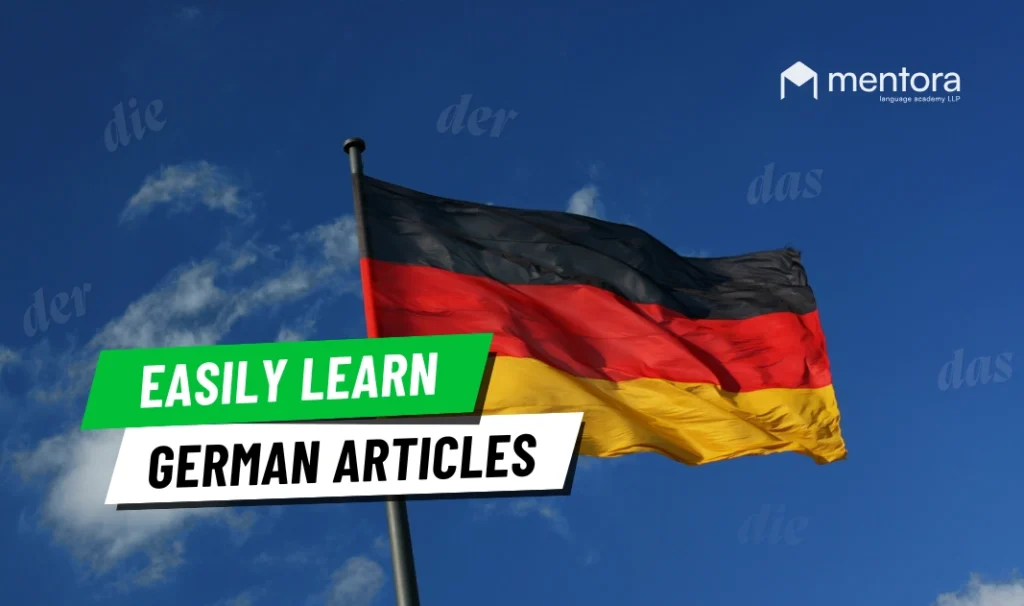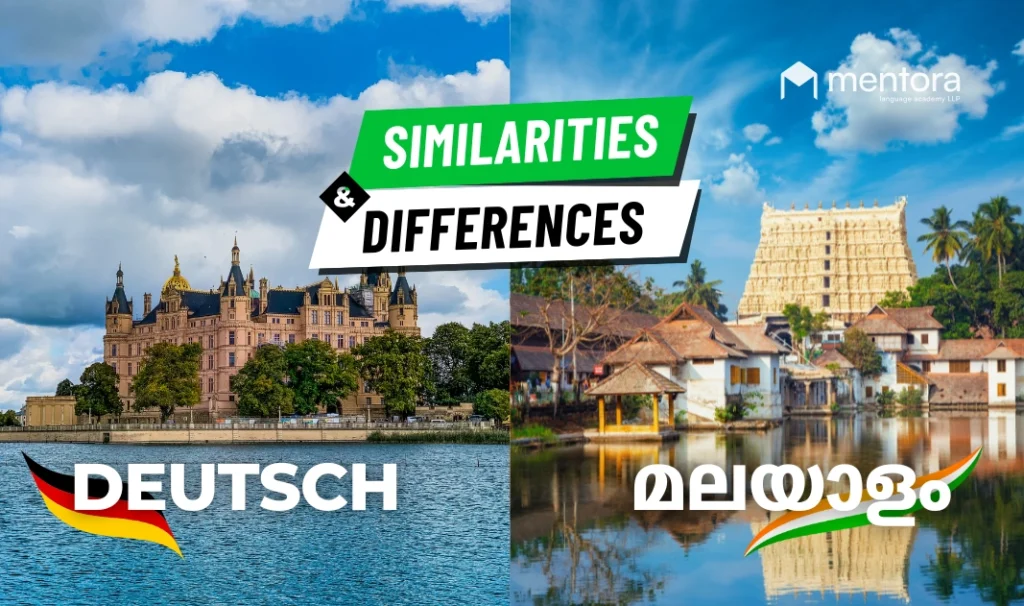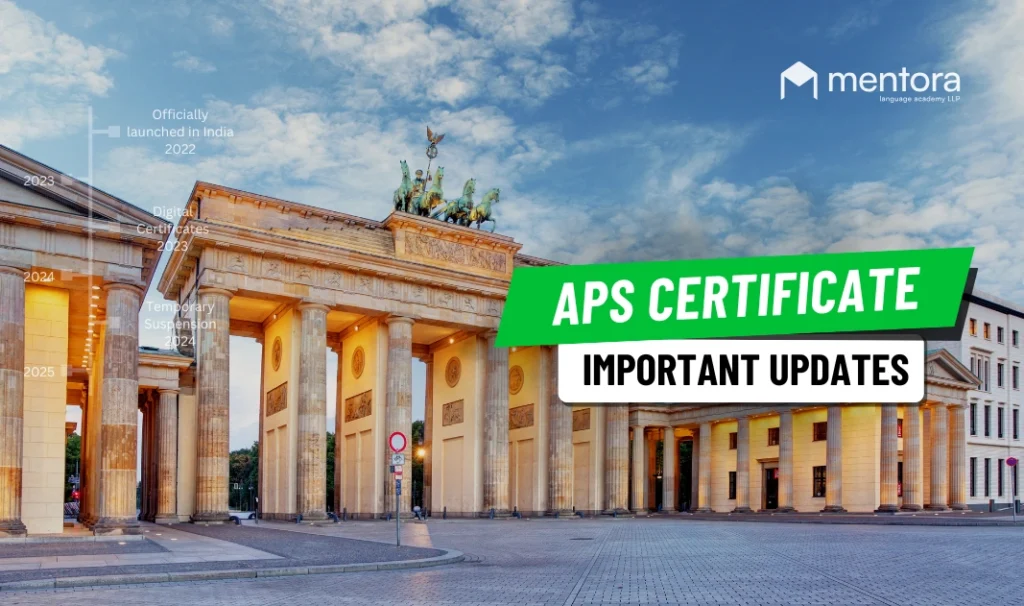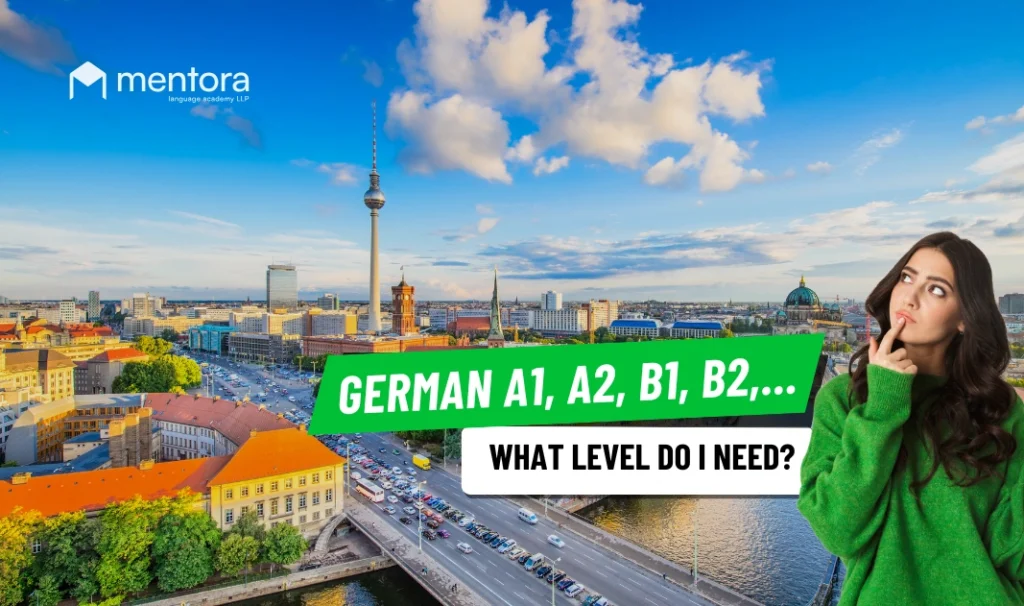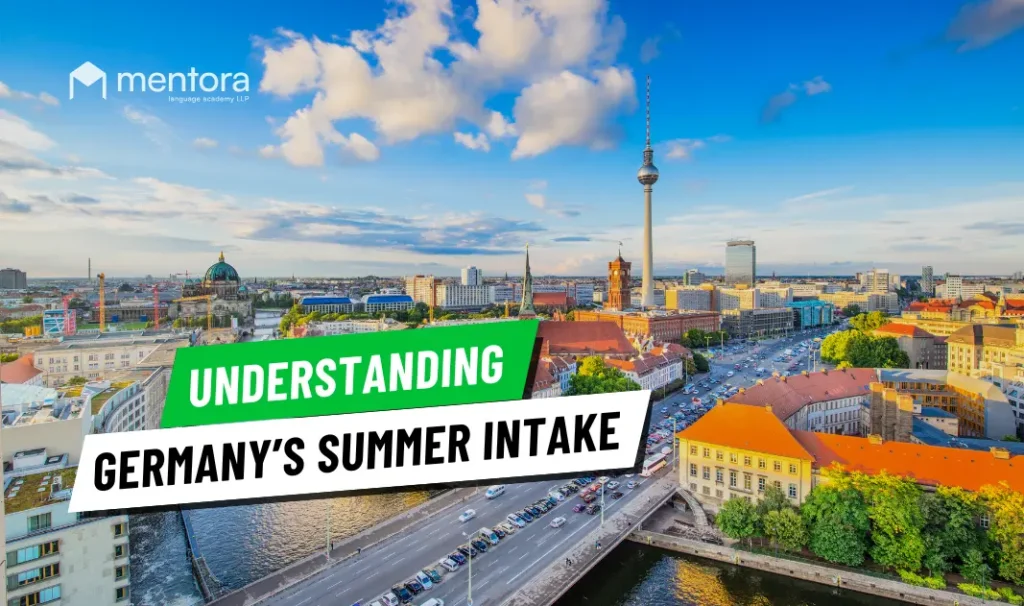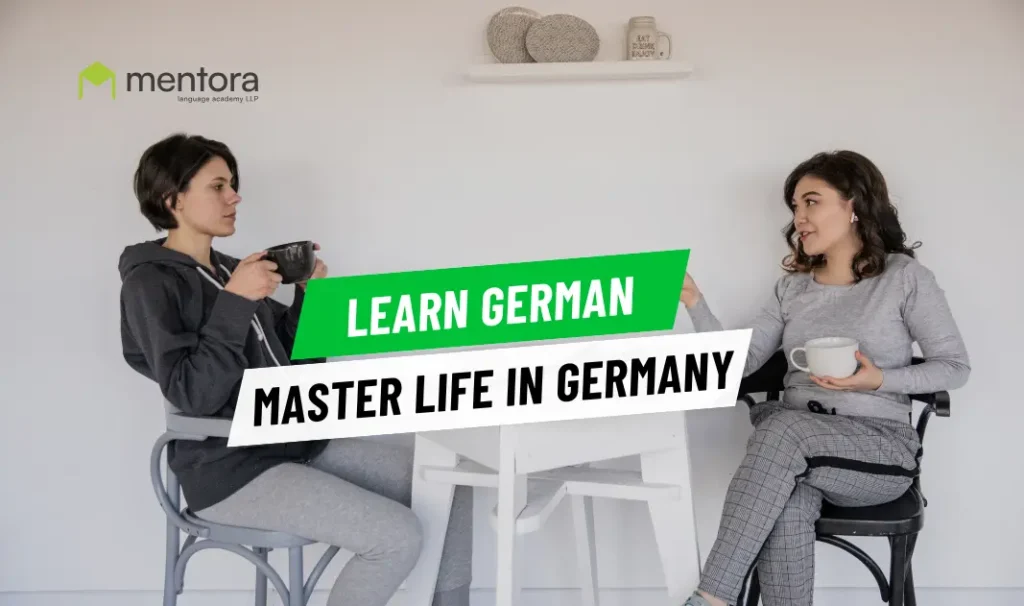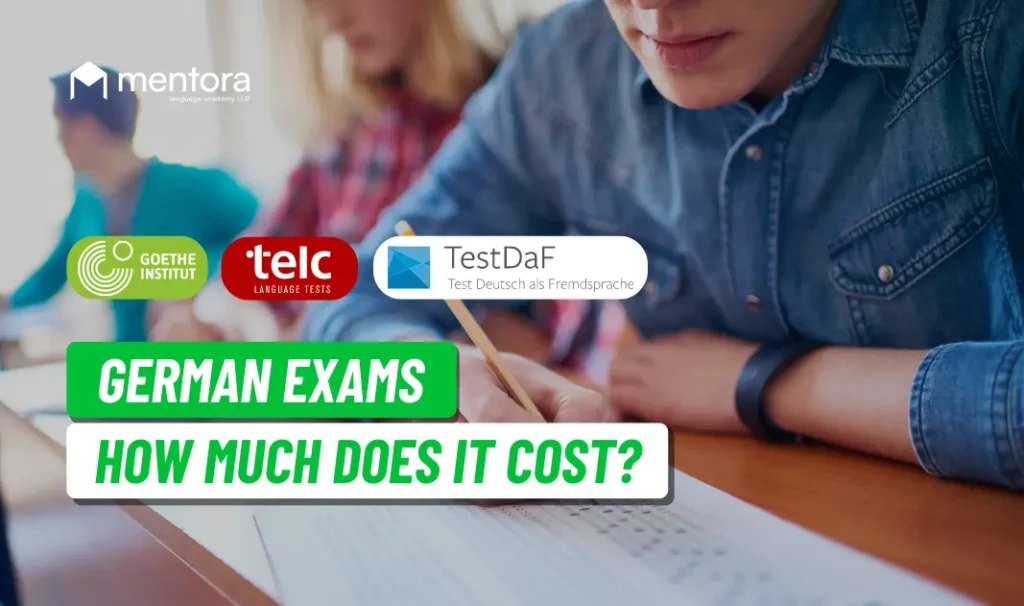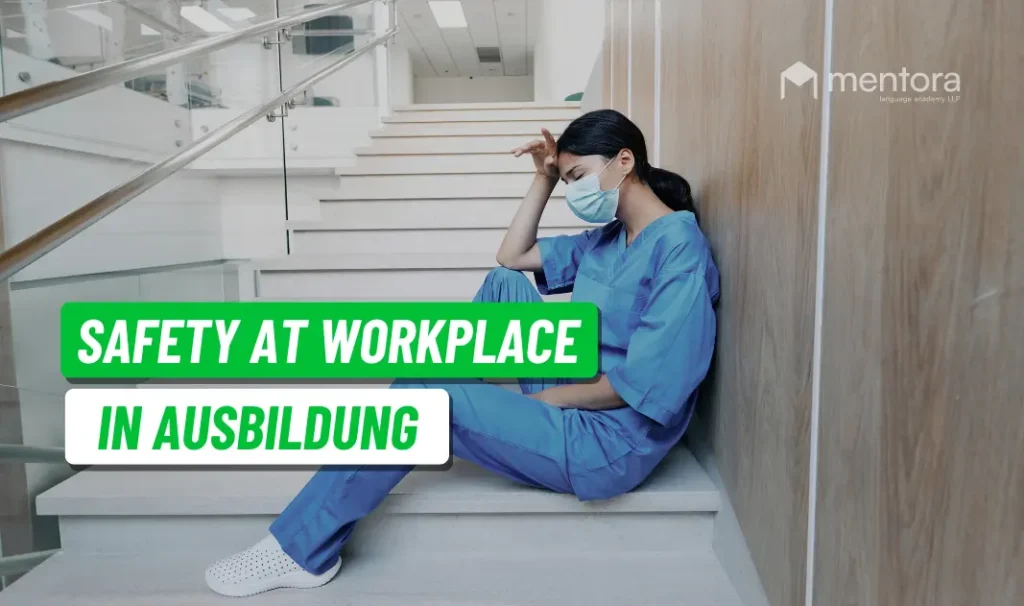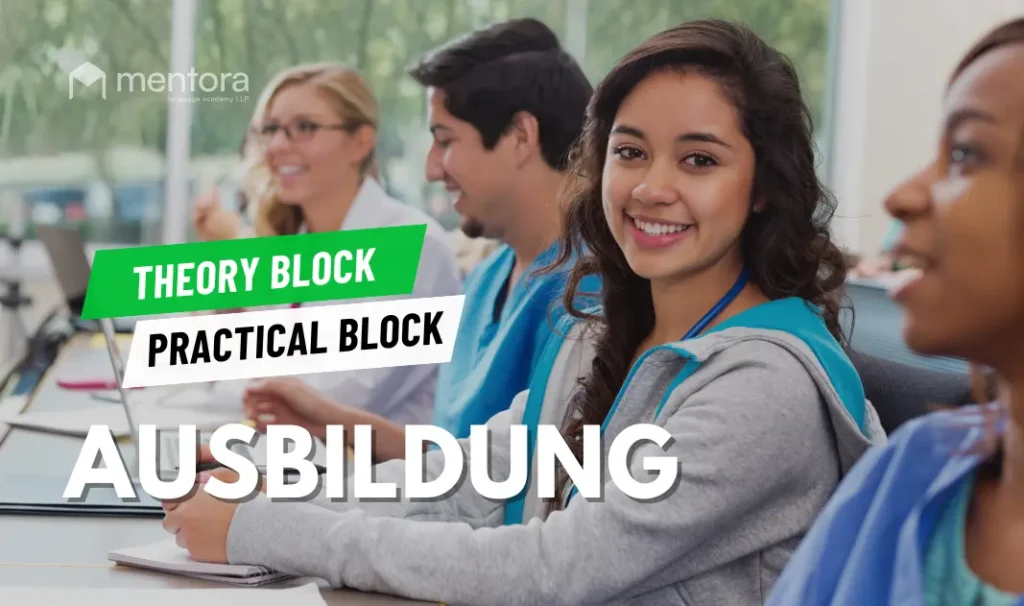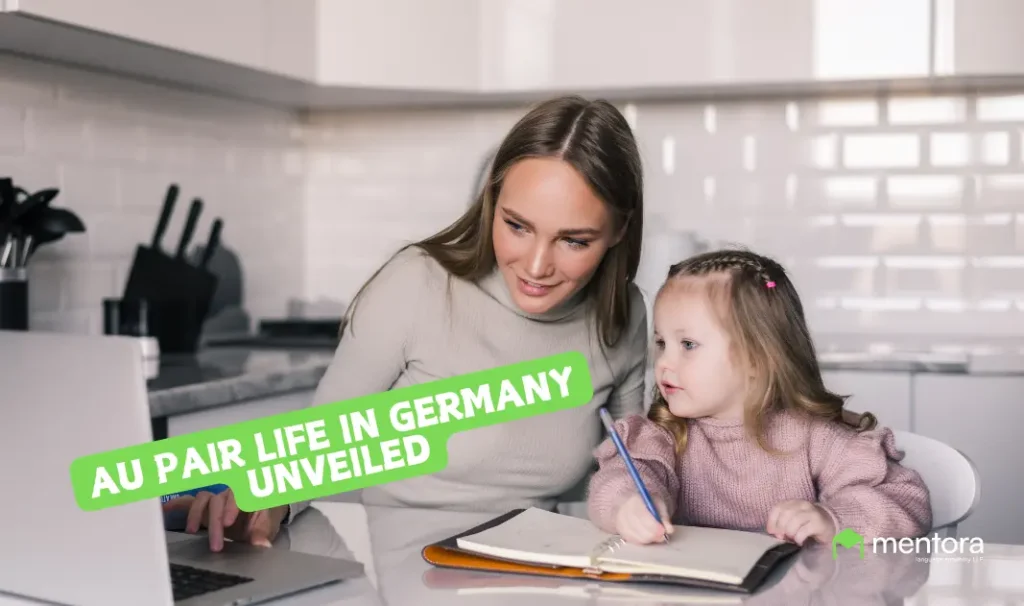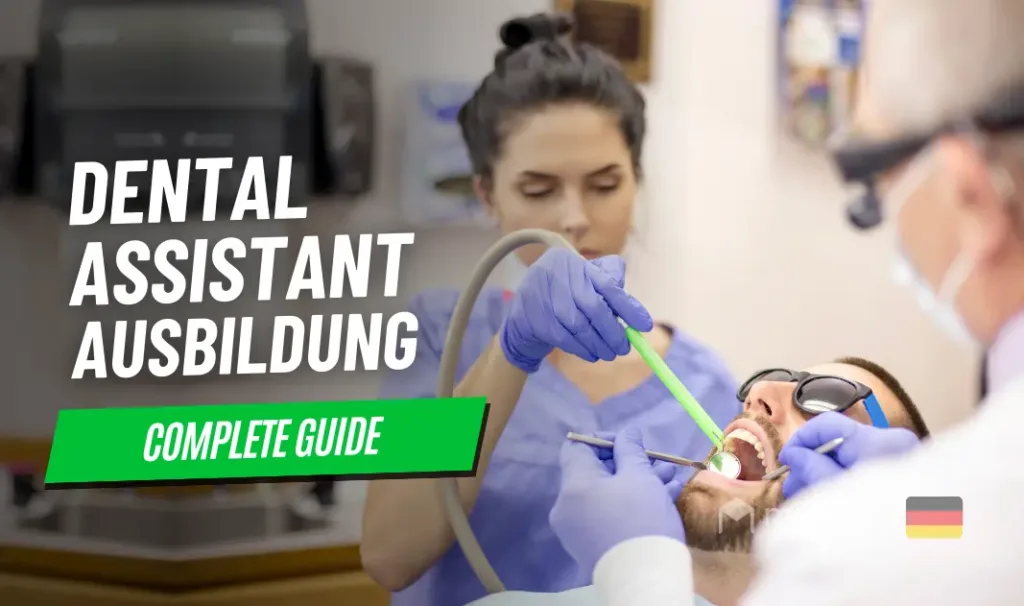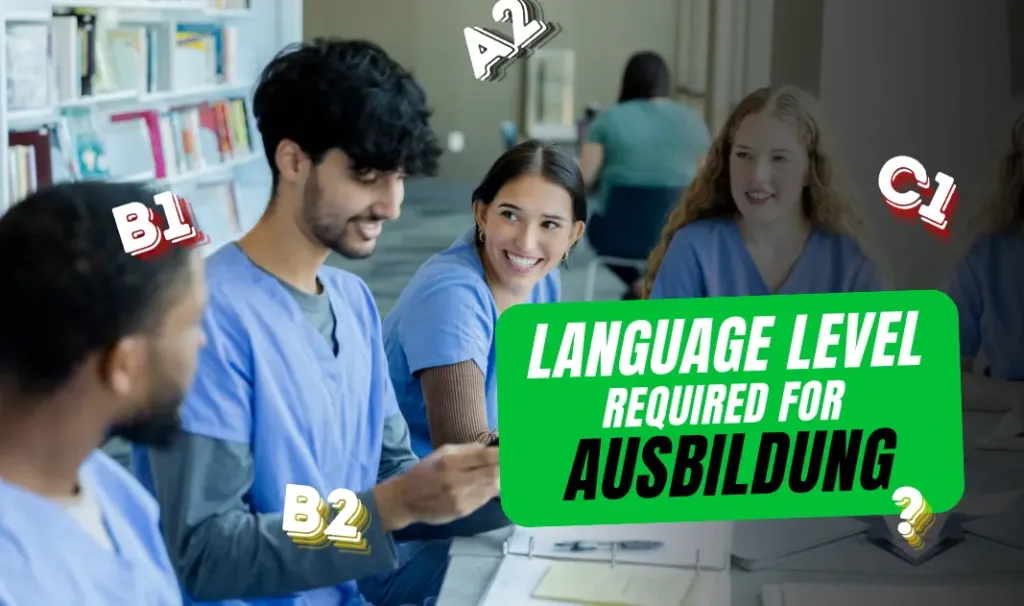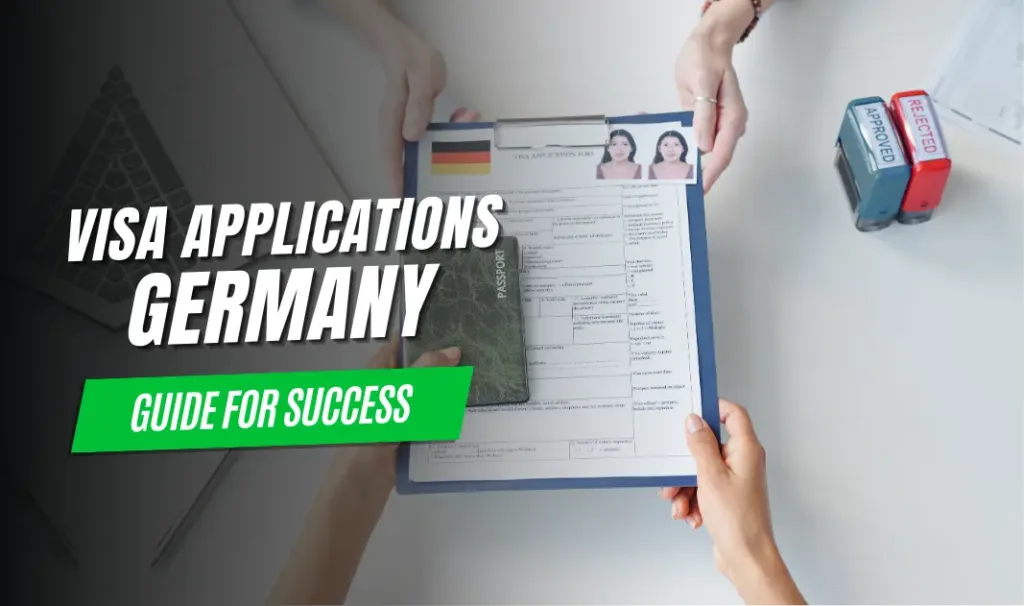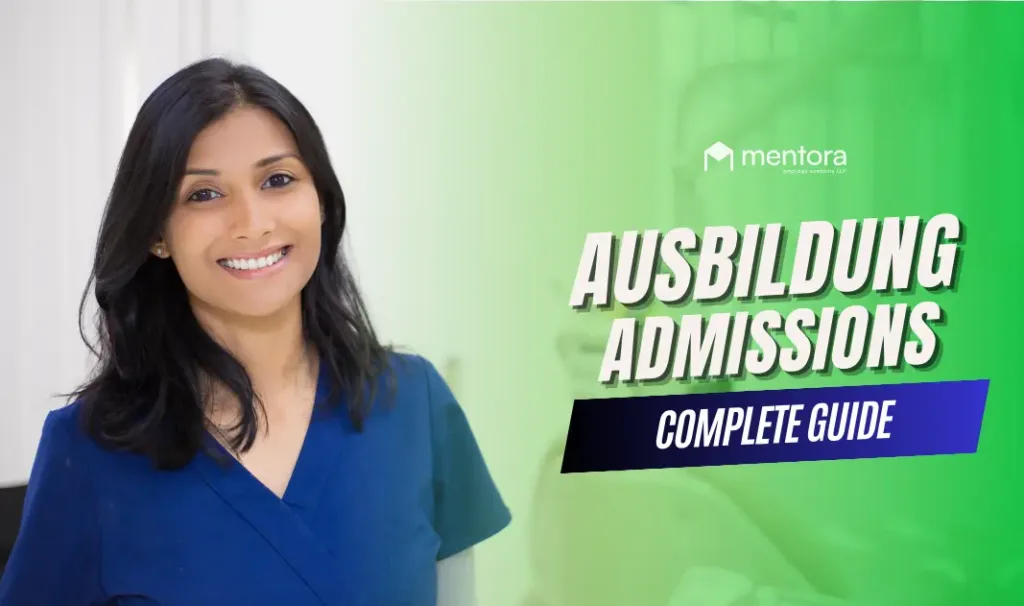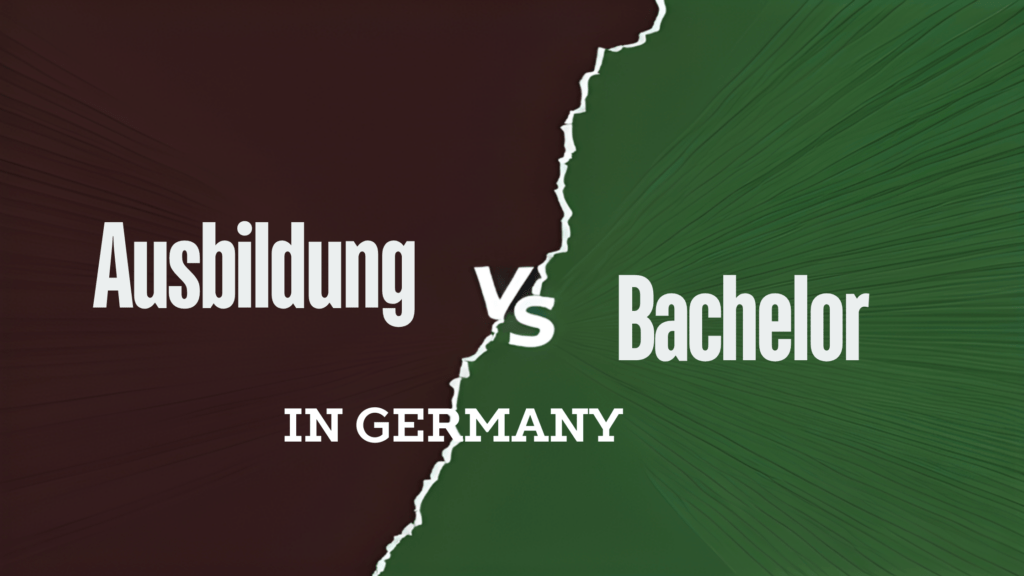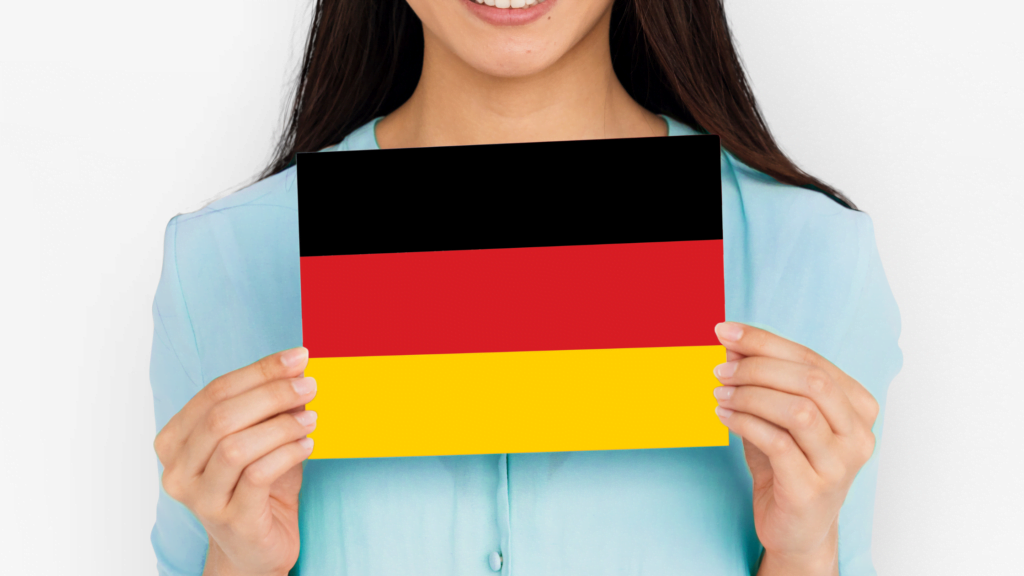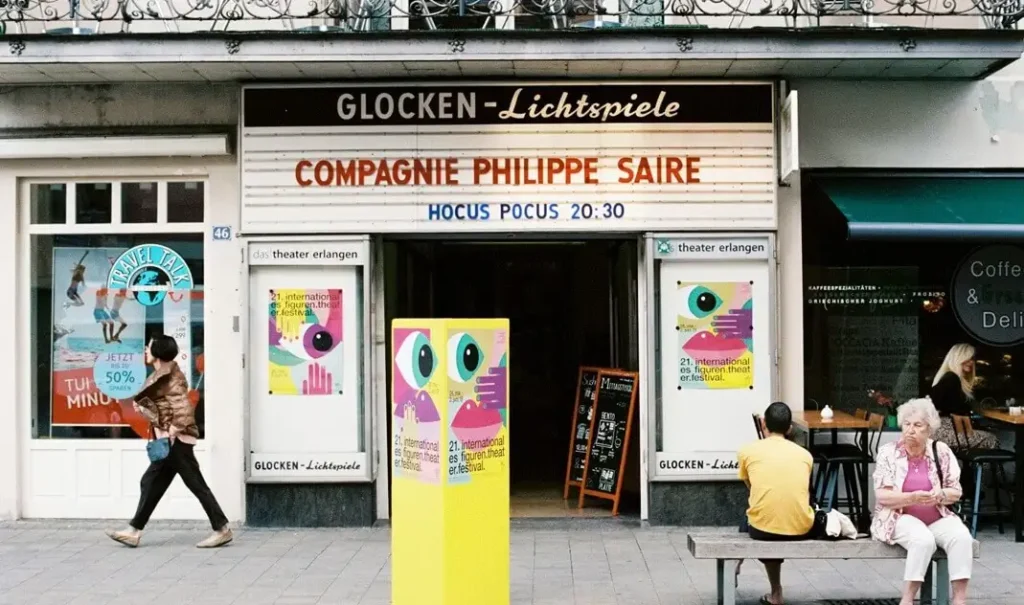Germany has quickly become the dream destination for Indian students aspiring to study at world-class institutions with futuristic facilities. Though the academic opportunities here are amazing, getting into a German university often means proving your German language skills. Sure, many universities offer English programs, but taking the time to learn German and earning a language certificate will open more doors and make life a lot easier while you’re there. Plus, it’s a great way to truly immerse yourself in the local culture.
When it comes to language exams, the Goethe-Zertifikat is like the benchmark. It’s recognized by universities, employers, and even for visa applications. In this article, we’ll break down why it’s worth your time and effort, and how it can set you up for success in Germany.
Understanding Goethe Certificate
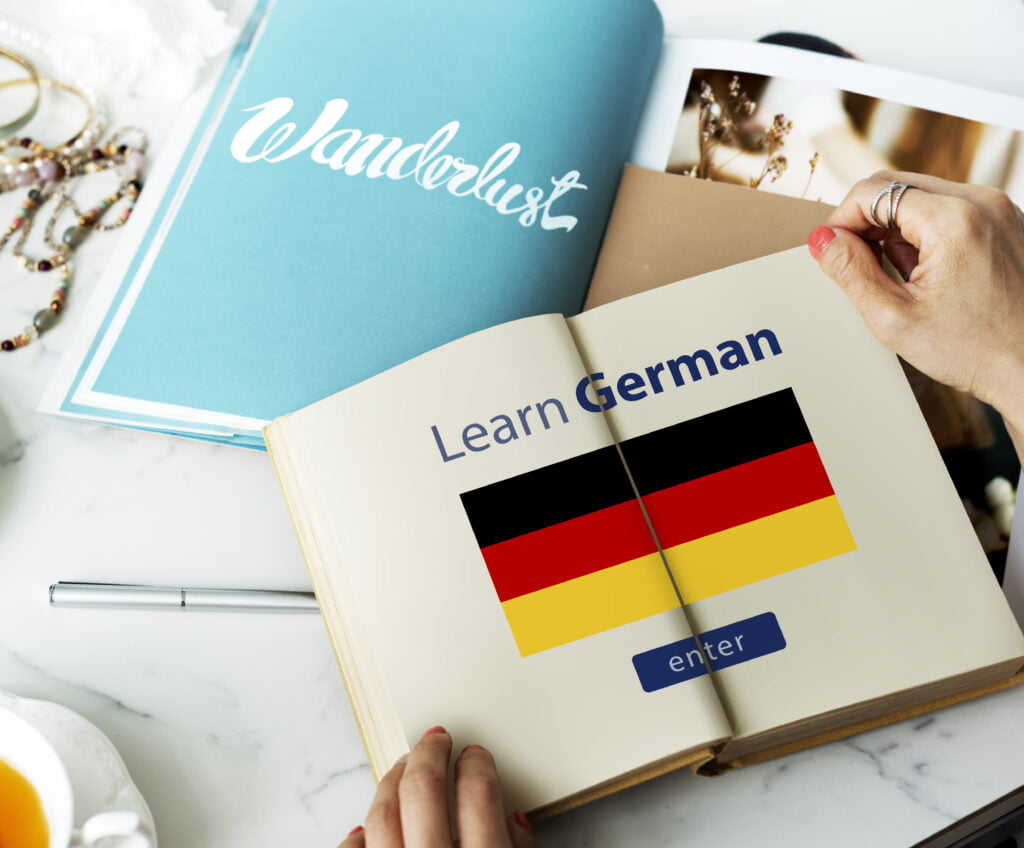
The Goethe Certificate is a highly respected and internationally recognized qualification that proves your proficiency in the German language. It assesses your skills across a range of levels, from basic (A1) to highly advanced (C2), depending on how fluent you are. This certificate is issued by the Goethe-Institut, a well-known cultural organization that has been promoting the German language and fostering cultural exchange across the globe for decades.
The Goethe Institute is named after Johann Wolfgang von Goethe, one of Germany’s most celebrated writers and thinkers, so earning this certificate can also feel like you’re stepping into the rich cultural history of the country. All in all, it’s a gateway to not just language mastery, but also a more immersive and enriching experience in Germany.
Levels of Goethe-Zertifikat
A1: This is designed for absolute beginners. It shows that you can understand and use familiar, everyday expressions and basic phrases. At this level, you’re able to introduce yourself and ask simple questions, making it perfect for those just starting with German.
A2: At the A2 level, you’ve moved beyond the basics and can understand frequently used expressions related to areas like shopping, work, and family. You can also participate in simple conversations about routine matters and describe your immediate surroundings.
B1: This is the intermediate level, where you can handle most everyday situations and conversations without much strain. You’re able to express your opinions, talk about experiences, and deal with topics related to work, travel, or hobbies. This certificate is often required for residency permits in Germany.
B2: At this upper-intermediate stage, you can communicate more fluently and understand complex topics related to your field of expertise. You can engage in detailed conversations, understand the main ideas of both concrete and abstract topics, and navigate more demanding situations in professional and academic environments.
C1: The C1 certificate demonstrates advanced proficiency. You can understand a wide range of complex texts and can express yourself fluently without much hesitation. This level is often required for entry into German universities, as it shows you can effectively participate in academic discourse and manage in-depth discussions.
C2: This is the highest level, representing near-native language skills. With a C2 certificate, you can understand virtually everything you read or hear, and you can express yourself effortlessly on a wide range of topics, including technical or academic subjects. It’s ideal for those aiming to work in highly specialized fields or pursue academic careers in German-speaking environments.
Discover Goethe Exams in Paper or Digital Formats
The Goethe-Institut offers both paper-based and digital formats for its widely recognized German language exams. While all Goethe exams are traditionally available in paper format, several, including the Goethe-Zertifikat A1, B1, B2, and C1, are now offered in a digital format at select exam centers, providing candidates with a more user-friendly, flexible, and sustainable option.

The paper-based format of the Goethe-Zertifikat exam follows a traditional setup where candidates complete the exam on paper in a classroom setting. The tasks are provided in a written booklet, and answers must be handwritten. Candidates are responsible for managing their own time without any digital assistance. The speaking portion of the exam is conducted face-to-face with Goethe-Institut examiners. However, the paper format is resource-intensive, requiring printed materials and paper, which increases its environmental footprint.
Some of the key points of the paper-based format are:
- Traditional classroom setting
- Handwritten answers in a booklet
- Manual time management
- Face-to-face speaking exam
- Higher resource consumption (paper and materials)
The digital format offers a more user-friendly experience, allowing candidates to complete the exam on laptops provided by the Goethe-Institut, equipped with German keyboards. The interface has features like task lists, remaining time displays, and adjustable font sizes, making the exam process smoother. Time management is easier with automatic timers. The speaking exam remains face-to-face, but the digital format is much more environmentally friendly, reducing paper usage and offering more flexibility for global exam administration.

Some of the key points of digital format are:
- User-friendly interface with time tracking and font adjustments
- Conducted on laptops at exam centers
- Integrated time management
- Face-to-face speaking exams remain the same
- More sustainable and flexible with reduced resource consumption
Benefits and Exam Overview
The Goethe Certificate offers numerous benefits, making it a valuable qualification for anyone looking to study, work, or live in a German-speaking environment. Widely recognized by universities, employers, and government authorities, it serves as proof of your German language proficiency. With this certificate, you can enhance your career opportunities, meet visa and residency requirements, and gain admission to German universities.
Exam centers are available in over 150 locations worldwide, including major cities in India, Germany, and many other countries. You can take the exam at a Goethe-Institut or one of its certified partner institutions.
The duration of the exam depends on the level you’re taking. For example, the A1 exam typically takes around 60-90 minutes, while higher levels like B2 or C1 can last up to 3-4 hours, as they involve more advanced reading, writing, speaking, and listening tasks.
The fees for the Goethe exams also vary by level and location. On average, the cost for the A1 and A2 exams ranges from ₹9,400 to ₹10,600 in India, while higher levels like B1 and B2 can cost around ₹18,800 to ₹21,200 and C1 and C2 can cost anywhere from ₹24,000 to ₹26,000. In other countries, the fees may differ depending on the local Goethe-Institut.
